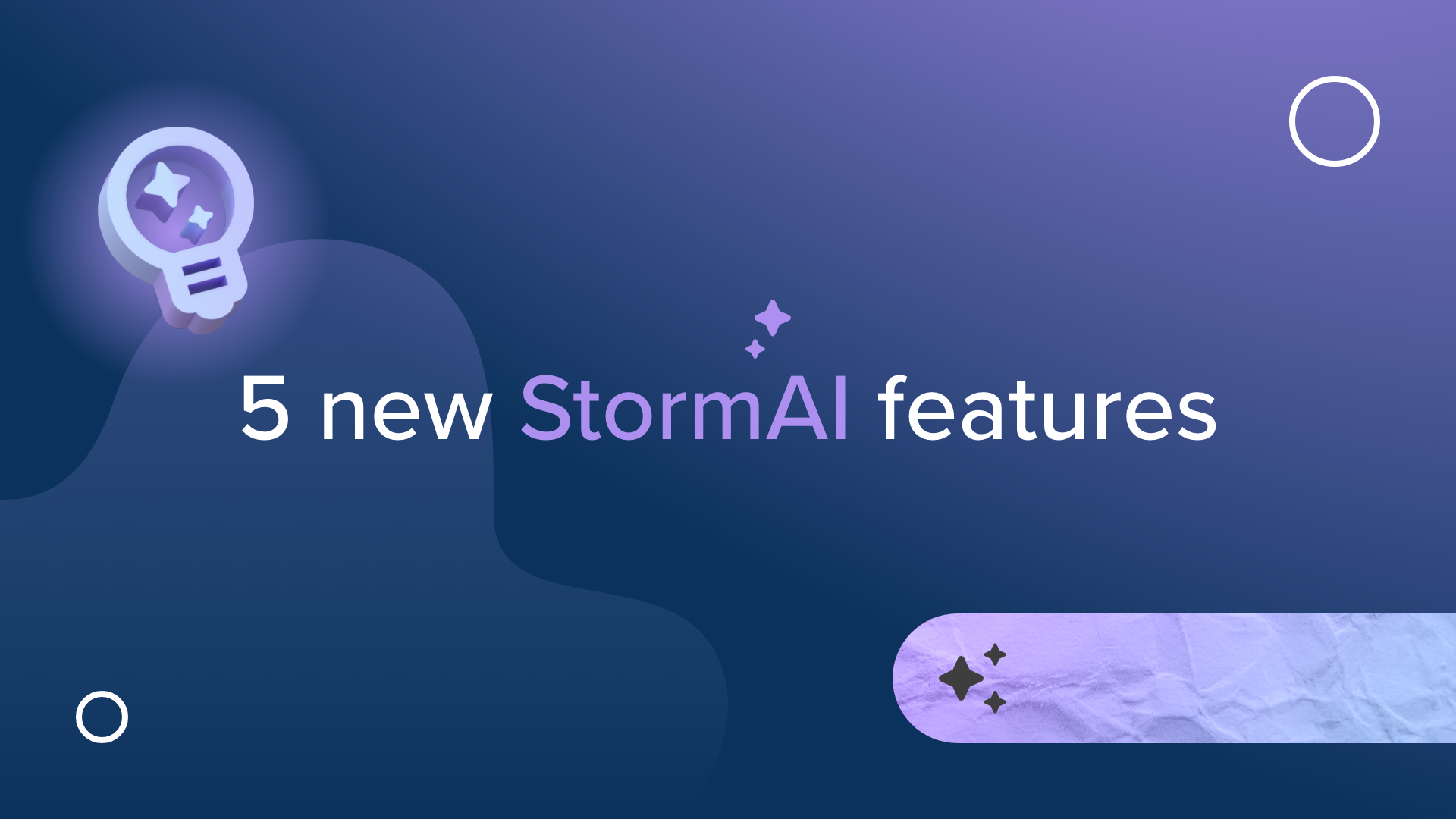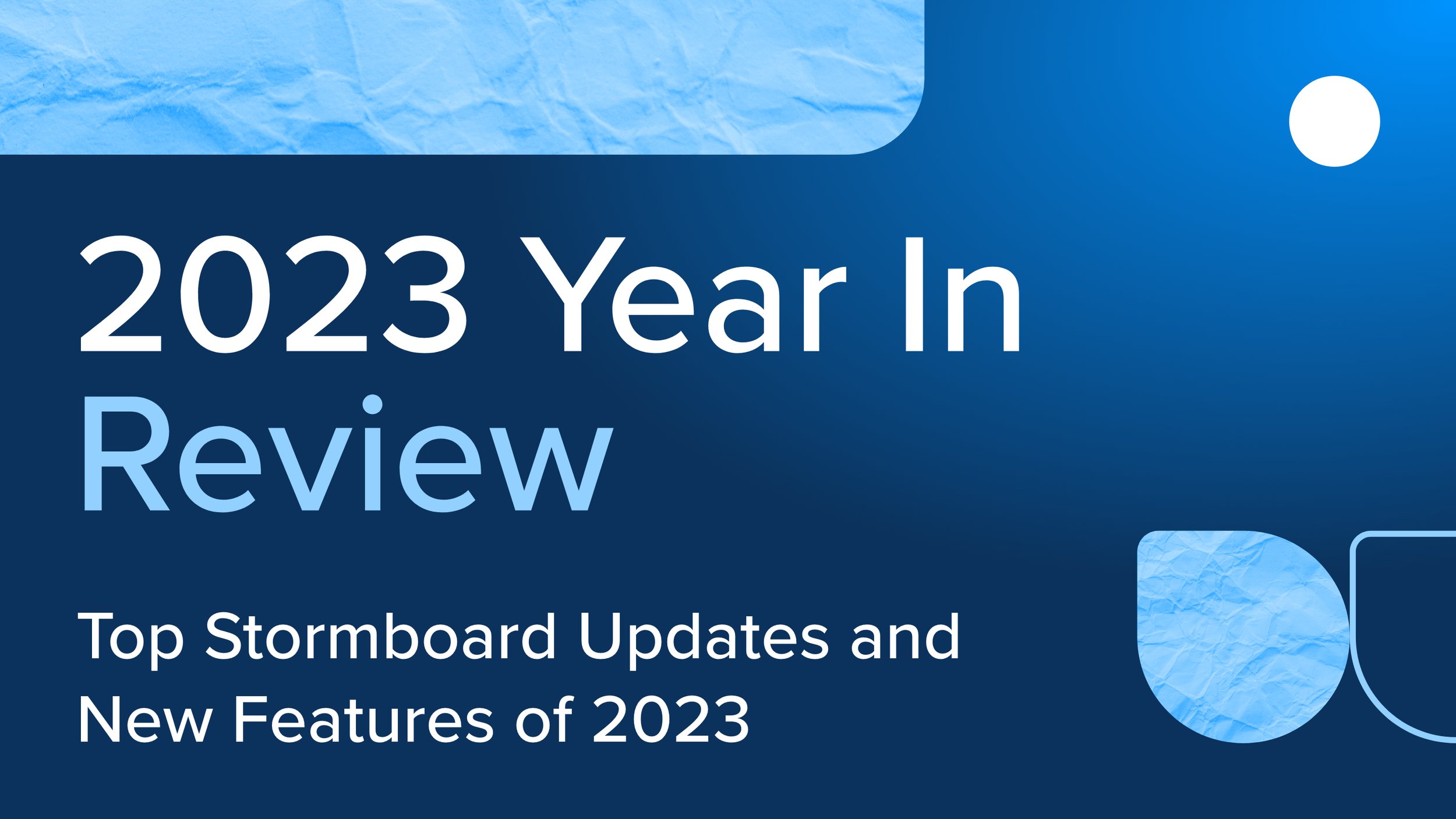Groupthink in an Agile Scrum Cycle: Is Your Team Getting Along Too Well?
Source: Unsplash
Groupthink is a known killer of innovation and new ideas. And it this can be particularly deadly for agile teams at all stages of a scrum cycle.
Psychologists define groupthink as occurring when a group of people “makes irrational or non-optimal decisions spurred by the urge to conform or the belief that dissent is impossible.” More simply put, nobody in the group wants to rock the boat. As a result, everyone goes along with the presumed popular opinion.
Groupthink can be the root cause of anything from disastrous political decisions, to failed product rollouts, to a group of friends meeting at a restaurant that nobody actually likes. If you’re managing an agile team, it may be keeping your innovation from reaching your product roadmap
How Groupthink Hurts Your Development Cycle
Your company’s success is tied to your ability to adapt and innovate– it’s that simple. You do not drive the needle forward with “the usual” or “same, but different.”
If your team’s innovative ideas aren’t making it to the product roadmap or development backlog, they’re not making it into the marketplace. As a result, the product stagnates. This leads to customer dissatisfaction and churn, while your competition outpaces you.
For example, let’s say your team believes consensus is unanimous on a new integration, without getting individual opinions first. The integration fails, resulting in a business-wide system outage. Meanwhile, someone on your team could have prevented this downtime (and the costs associated with it) with an idea they didn’t feel they could voice.
However, it goes beyond your product innovation. Groupthink could be poisoning your team chemistry, even when everyone appears to be getting along great. They’re actually getting along too well!
Consider what happens when an experienced developer with conflicting opinions can’t get them across in standups or retrospectives. They will stop expressing themselves. They may even quit, leaving you without a senior developer for months. At the other end of the spectrum, what happens when a junior developer doesn’t feel they can express their fresh ideas? They may decide to quit and potentially bring their innovative thinking to your competition.
How to Unearth Differing Opinions
Image Source
Leaders in every sector are aware of the dangers of groupthink and are actively taking steps to prevent it. This has included strategies like assigning a “devil’s advocate” role in meetings to argue against an idea or course of action. Does this work? Unfortunately, the data says no. The assigned devil’s advocate strategy tends to fall apart for two main reasons:
The advocate may not truly believe in their opinion, so they do a poor job arguing for it
Everyone in the group knows this person is simply playing the devil’s advocate role, so they take them less seriously
Charlan Nemeth from Berkeley, University of California has studied this problem extensively and has stated that we don’t need to assign devil’s advocates. We need to unearth them.
How do we do this?
1. Keep Your Meetings Dynamic, Not Static
If you want new outputs, don’t keep using the same inputs. That means don’t always hold the same type of meeting with the same people. Introduce new framework formats, new collaboration tools, and people with new perspectives.
Consider adding a new wrinkle into your retrospectives by using AI to ask unique questions and take your brainstorming to new places.
Find out how AI can fix your hidden problems with our free eBook, Uncovering Blind Spots in Agile Retrospectives: Advancing Retrospectives with AI.
Download Now ➔
2. Foster Psychological Safety
It’s one thing to say you encourage differing opinions and fresh takes. It’s another to show it.
Embrace and reward open communication. If someone brings a contradictory opinion to the table, acknowledge it by saying things like “Now that’s interesting” or “We hadn’t thought of that.” Take things a step further by letting them expand by saying things like “What would that look like” or “Can you walk us through that.”
Make it clear that you consider your team’s diversity of skills, experiences, and opinions a strength, not a stumbling block. Let your team know they will be rewarded for unique ideas, even if it’s not the idea you end up pursuing.
3. Shake Things up
You can’t go someplace you’ve never been by always walking the same path.
Mix things up by having different people on your team lead your retrospectives. Experiment with new ice-breaking activities to kick things off. Try out new templates and ceremony formats.
“But What if the New Idea is the Wrong Idea?”
Now we will play our own devil’s advocate. Some may ask, “What if we pursue a new idea and it’s the wrong one? Will that not create even more friction on the team and possibly lead to the blame game?”
Adam Grant is a professor at the Wharton School of the University of Pennsylvania specializing in organizational psychology, as well as the author of such books as Originals: How Non-Conformists Move the World, and Hidden Potential: The Science of Achieving Greater Things. He’s stated that “Dissent is useful even when it’s wrong.”
He feels when someone argues in favor of a minority idea, it forces the majority to revisit their stance and assumptions. They now have to defend the idea in new ways they hadn’t considered when they assumed it was the clear choice. As a result, one of two things will happen. Either a) They will successfully lobby for the majority opinion and the group can be even more unified in seeing it’s truly the right choice, or b) They will see the hidden flaws in the majority idea, and go with the new idea or something even better.
In either case, you have exponentially increased the odds of arriving at the right idea.
How to Encourage Shy or Introverted Employees to Contribute
In a perfect world, an innovative idea would start in a given team member’s mind, then promptly make its way out of their mouth, and then onto a sticky note on your meeting’s whiteboard. Sadly, that’s not how it usually works.
Image Source
If the idea begins in a shy, introverted, or new employee’s mind, it will then move into a mental parking lot of sorts. The idea will stay there while that person weighs the pros and cons of speaking up. If it passes that test, the idea will rest further as the person waits for (what they deem as) the right opening in the conversation. If that opportunity never presents itself, the idea will never even be verbalized.
This creates two big problems:
Your company may have just missed out on a game-changing or project-saving idea
That employee may be even less likely to share next time
How do we avoid this? Do your best to create the collaborative safe space we described earlier. Let team members (particularly the new and introverted ones) know that even if they don’t volunteer “the right” idea, offering their opinion is always the right thing to do.
Cut Out the Sticky Note Middle-man
What if you could skip the step where the shy employee has to find the courage or opportunity to interject? What if they could simply add their idea to the whiteboard without actually having to speak up? What if they could even do it anonymously?
Traditional whiteboards are reliant on one person. That person is in charge of gathering people’s ideas as they’re verbalized, then adding their thoughts to sticky notes. That makes them the idea-gatekeeper, so to speak. However, if you used a truly interactive whiteboard, any team member could add their own sticky note to any section in real-time. They could simply add their idea while someone else is speaking, without waiting for a perfect opportunity that might not happen. Their idea is on the board and the team can thoughtfully review it when the time comes.
“Stormboard helped our client reduce their PI Planning meeting from 3 days to 2, saving them over $250,000 per year!”
— Charles Walstad, Managing Director, AGILEST
Start Getting More From Your Agile Team ➔












